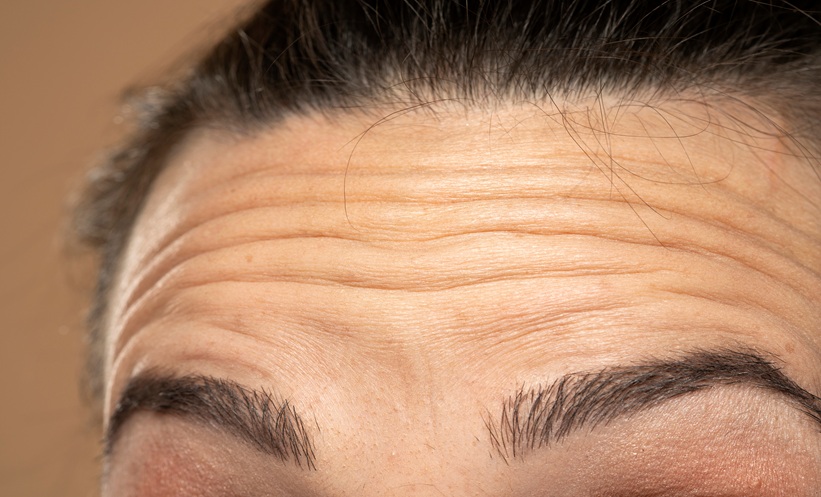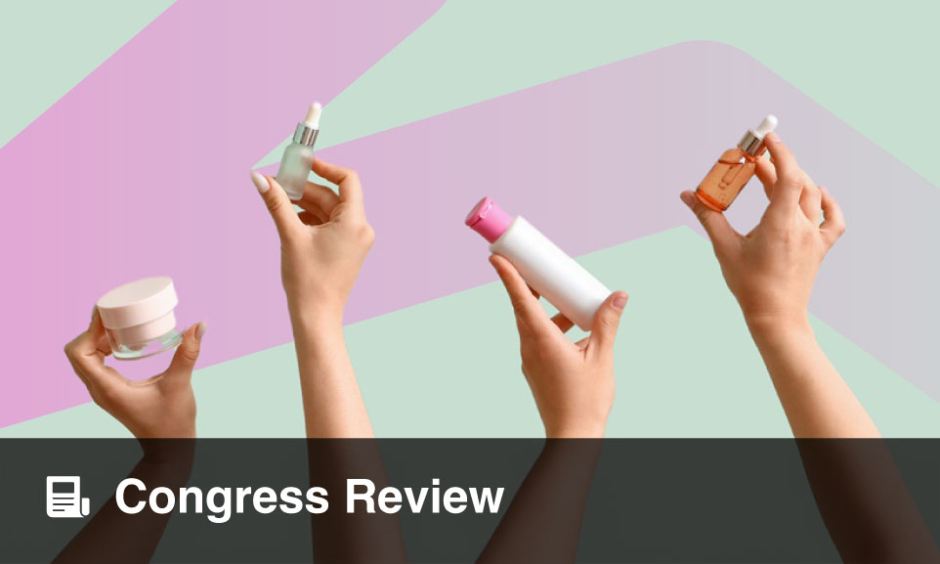AI Model Predicts Tobacco-Induced Facial Aging
A NEW AI-based simulator integrating dermatologist expertise predicts how tobacco use accelerates facial aging over 15 years.
Combining Dermatologist Knowledge with AI Modeling
Researchers have developed a scientifically validated simulator that merges dermatologist knowledge elicitation with artificial intelligence to forecast how intrinsic and extrinsic factors, such as smoking, influence facial aging. The model draws on insights from 28 dermatologists and applies a generative image algorithm trained on data from 600 individuals, allowing for realistic, personalized predictions of skin aging outcomes.
Unlike many facial aging applications lacking transparency or scientific rigor, this simulator quantifies the probabilities of reaching specific aging grades, including wrinkles, pigmentation, and skin texture, under controlled conditions. It accounts for confounding variables such as sun exposure, sunscreen use, and BMI while isolating the effects of cumulative tobacco exposure, expressed in pack-years.
Quantifying and Visualizing the Impact of Tobacco
In simulations featuring a 43-year-old subject, the model generated personalized projections showing the visible effects of varying smoking intensities, from under 10 to over 20 pack-years. These images highlight the physiological toll of tobacco on facial features, with pronounced wrinkle formation and pigmentation changes over time.
By visually demonstrating these predicted outcomes, the tool reinforces known associations between tobacco use and premature skin aging while offering a personalized, data-driven explanation. This makes it particularly effective for preventive health messaging and patient education, appealing to individuals who may be less responsive to conventional warnings.
Encouraging Lifestyle Change Through Personalized Insight
The study’s authors propose that the simulator’s ability to individualize aging trajectories could motivate patients to adopt tobacco cessation or protective skincare behaviors. By linking smoking behavior directly to observable, personal outcomes, this approach underscores the broader health and cosmetic consequences of long-term tobacco exposure.
Reference: Raynaud E et al. A Combined Approach to Predict Tobacco-Induced Facial Aging Using Dermatologist Knowledge Elicitation and Generative Models. Dermatol Ther (Heidelb). 2025; doi: 10.1007/s13555-025-01570-4.







